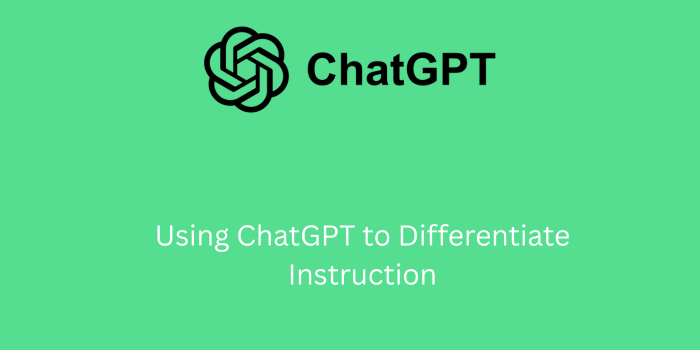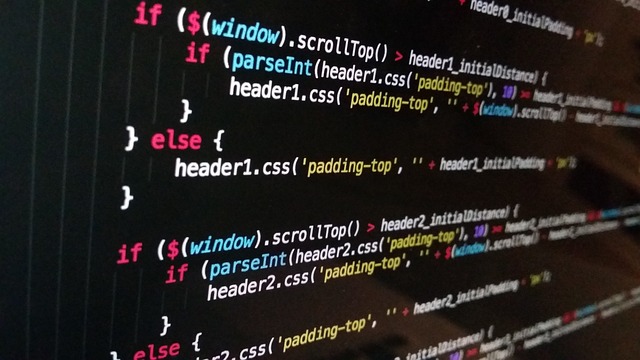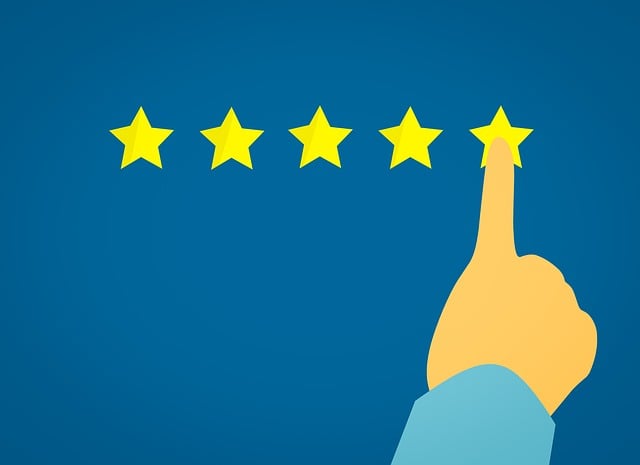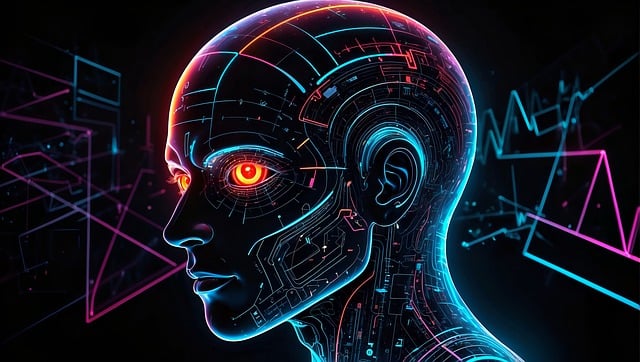In today’s diverse classrooms, educators face the ongoing challenge of meeting every student’s unique learning needs. Differentiated instruction is a teaching philosophy that advocates for adapting content, process, and product to cater to different readiness levels, interests, and learning profiles. With the advancement of AI, particularly tools like ChatGPT, teachers now have a powerful assistant to help differentiate instruction in a scalable and effective way.
What is Differentiated Instruction?
Differentiated instruction is an approach where educators tailor their teaching methods and materials to accommodate the varying abilities, learning styles, and interests of students. The key components of differentiation include:
- Content: What students learn
- Process: How students learn
- Product: How students demonstrate what they’ve learned
- Learning Environment: The climate and setup of the classroom
Using ChatGPT, teachers can create custom educational content, modify lesson delivery, and design varied assessments to support differentiated instruction.
How ChatGPT Supports Differentiation
ChatGPT is an advanced language model developed by OpenAI. It can generate human-like text and can be used to assist teachers in many educational tasks. Here are key ways it supports differentiated instruction:
1. Customizing Content for Different Learning Levels
ChatGPT can rewrite or simplify complex content for students who need additional support, making it an ideal tool for differentiated instruction. Whether a student struggles with reading comprehension or just needs a simpler explanation, ChatGPT can transform advanced material into more accessible, age-appropriate language.
For example, a high school science text about photosynthesis can be rewritten at an elementary reading level. This type of content differentiation helps bridge gaps in understanding and supports inclusive education strategies in the classroom.
Educators can also use ChatGPT to enrich learning by generating more advanced versions of the same topic. This ensures all learners benefit from AI for education and personalized content delivery.
2. Generating Multiple Formats of Instruction
Teachers can use ChatGPT in the classroom to generate explanations in multiple formats tailored to diverse learning preferences. For example, a single concept can be turned into a story for narrative learners, an analogy for abstract thinkers, or a visual scene for visual-spatial learners. This flexibility supports differentiated instruction at scale.
Incorporating step-by-step guides is especially helpful for students who benefit from structured, logical progressions. ChatGPT can break down complex processes in math, science, or writing to enhance clarity and reduce cognitive load.
For visual learners, teachers can pair ChatGPT’s explanations with AI-generated images or diagrams. This combination boosts comprehension and retention, promoting a richer, more personalized learning experience.
3. Designing Tiered Assignments
Using AI-powered tools like ChatGPT, educators can create tiered assignments that address varying levels of student readiness. These differentiated tasks ensure that all learners are appropriately challenged without feeling overwhelmed.
By customizing content based on proficiency, teachers help students work within their zone of proximal development (ZPD)—a core principle of effective instruction. AI helps streamline this process.
This approach to differentiated instruction with AI enhances personalized learning, supports inclusive classrooms, and fosters academic growth across multiple skill levels.
4. Supporting English Language Learners (ELLs)
ChatGPT can assist English Language Learners (ELLs) by translating classroom materials into their native languages. This helps students understand complex subjects while gradually building their English proficiency.
Beyond translation, ChatGPT simplifies academic vocabulary, making grade-level content more accessible. Teachers can use this feature to adapt reading materials, instructions, or assessments in seconds.
Using AI tools like ChatGPT for ELL instruction enhances inclusive learning environments. It ensures equitable access to differentiated instruction for multilingual students at varying proficiency levels.
5. Creating Extension Activities for Gifted Learners
ChatGPT can help teachers differentiate instruction by creating enrichment tasks tailored to gifted and advanced learners. These tasks go beyond standard curriculum and promote higher-order thinking skills.
For example, ChatGPT can generate advanced problem-solving scenarios that require critical thinking, analysis, and creativity. These scenarios challenge students to apply concepts in new ways, enhancing their learning experience.
Additionally, teachers can use ChatGPT to create research prompts and personalized creative projects, making it a powerful tool for personalized learning and instructional differentiation.
Practical Applications of ChatGPT for Differentiated Instruction
Here are specific examples of how teachers can use ChatGPT in the classroom:
Reading Comprehension
- Create multiple reading passages on the same topic at varying reading levels.
- Generate comprehension questions aligned with Bloom’s Taxonomy.
- Ask for summaries or storyboards tailored to each student’s reading level.
Writing Prompts
- Provide differentiated writing prompts based on student interest and ability.
- Generate sentence starters for struggling writers.
- Design creative writing tasks for advanced learners.
Math Instruction
- Create real-world math word problems customized to student interests (e.g., sports, fashion, gaming).
- Break down math problems into step-by-step instructions for students who need extra support.
- Generate enrichment problems or logic puzzles for advanced students.
Science and Social Studies
- Generate explanations in different formats (charts, timelines, narratives).
- Adapt content for visual and auditory learners.
- Design inquiry-based questions for group work or independent study.
Benefits of Using ChatGPT for Differentiation
When used effectively, ChatGPT can bring numerous benefits to the differentiated classroom:
- Time-saving: Quickly generate multiple versions of content or assignments.
- Scalable personalization: Support diverse learning needs without overwhelming the teacher.
- Immediate feedback: Use ChatGPT to simulate tutor-like interactions for students.
- Enhanced engagement: Tailor content to student interests and strengths.
- Accessibility: Modify learning materials for students with disabilities.
Potential Challenges and How to Overcome Them
Like any tool, using ChatGPT for differentiated instruction comes with challenges:
Accuracy of Content
Always review the generated content for accuracy and appropriateness before sharing it with students. ChatGPT may occasionally produce incorrect or outdated information.
Maintaining Student Privacy
Don’t input personally identifiable student data into ChatGPT. Instead, use general student profiles when generating customized material.
Balancing Automation and Human Touch
ChatGPT should supplement—not replace—teacher judgment and creativity. Use AI to streamline tasks so you can focus more on student relationships and real-time instruction.
Best Practices for Teachers Using ChatGPT
- Use prompt engineering to guide ChatGPT (e.g., “Explain Newton’s laws in simple terms for a 10-year-old”).
- Save commonly used prompts or templates for faster reuse.
- Combine ChatGPT with learning management systems (LMS) to streamline content sharing.
- Involve students in creating their own prompts to foster metacognitive skills.
- Review all AI-generated content for accuracy and alignment with learning goals.
- Use ChatGPT to create differentiated lesson plans, assignments, and assessments.
Implementing these best practices ensures teachers can use ChatGPT effectively and responsibly in the classroom. By combining AI capabilities with professional judgment, educators can enhance personalized learning, foster engagement, and support differentiated instruction strategies that meet the diverse needs of every student.
Conclusion
Using ChatGPT to differentiate instruction offers educators a powerful way to meet students where they are and help them reach their full potential. Whether you’re adjusting reading levels, creating custom math problems, or supporting language learners, ChatGPT can act as a reliable co-teacher in your classroom.
By thoughtfully integrating AI tools like ChatGPT, teachers can create more inclusive, engaging, and personalized learning experiences for all students.






